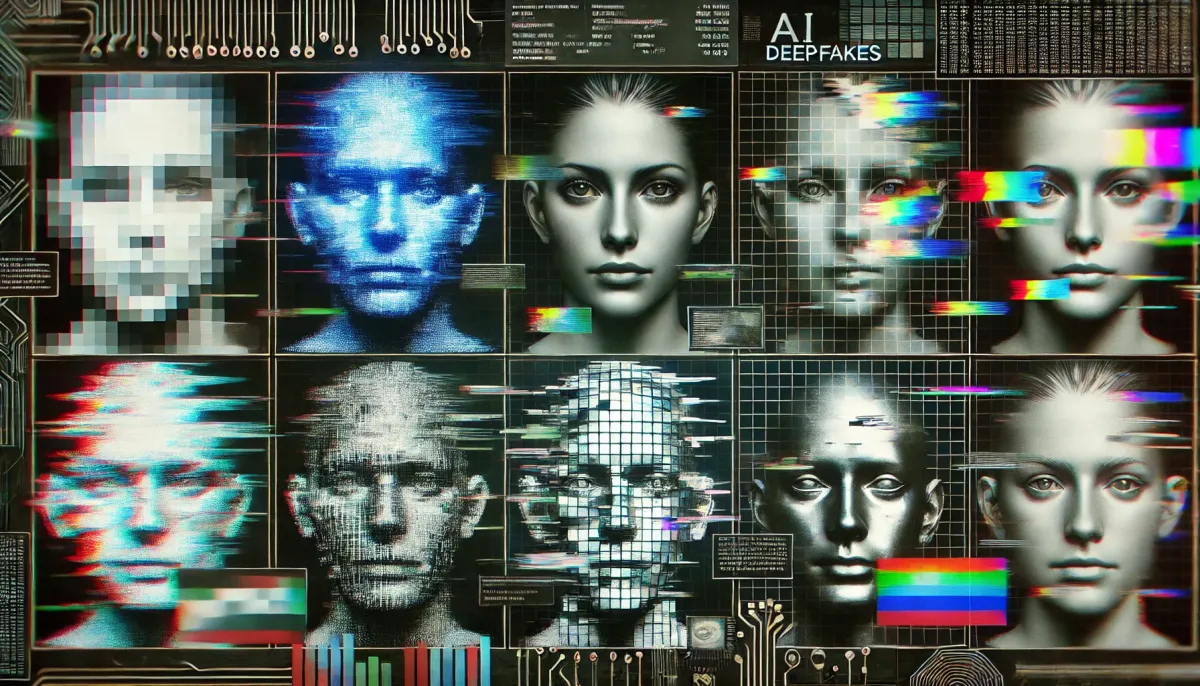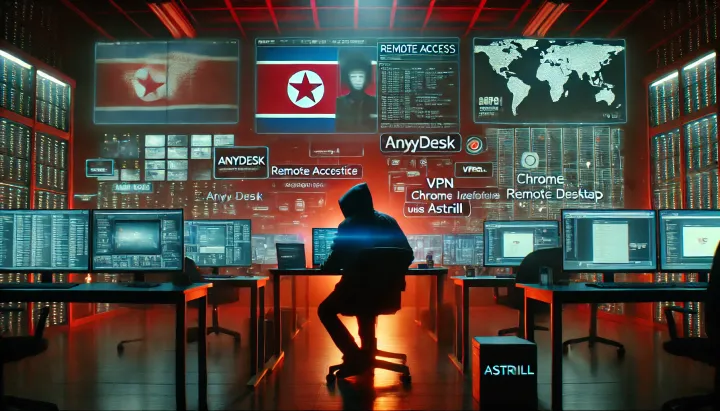Political Deepfakes Exploit Global Elections: Emerging Tactics and Impacts
Insikt Group released a comprehensive threat analysis report, highlighting the increasing deployment of deepfakes targeting public figures across the globe. Over the past year, the group identified 82 deepfakes impersonating key figures, with a focus on elections.

Introduction
On September 24, 2024, Insikt Group released a comprehensive threat analysis report, highlighting the increasing deployment of deepfakes targeting public figures across the globe. Over the past year, the group identified 82 deepfakes impersonating key figures, with a focus on elections. Countries like Canada, the U.K., and the U.S. were among the 30 nations either holding or preparing for elections, positioning these regions as primary targets for deepfake operations.
Deepfakes are digitally altered videos or audio clips that convincingly impersonate individuals. The report outlines the profound impact these manipulations have on public trust and election outcomes, especially when used to create misleading statements or discredit candidates. Heads of state, elected officials, and journalists were frequently targeted, with attacks aimed at creating false narratives, spreading disinformation, and generating fraudulent schemes.
Report Overview
Deepfake technology, powered by artificial intelligence (AI), enables cybercriminals and adversarial state actors to generate hyper-realistic impersonations. Methods often involve taking audio or visual material from public records, speeches, and media appearances. Emerging tactics identified include the use of fake whistleblowers and deepfake audio masquerading as leaked recordings.
Several deepfake operations targeted high-profile figures, such as Canadian Prime Minister Justin Trudeau, who was impersonated in a cryptocurrency scam. Meanwhile, Slovakian Prime Minister Robert Fico faced a deepfake campaign during elections, with 22% of the country's voters reportedly viewing the manipulated content.
Insikt’s data reveals that 26.8% of identified deepfakes were financially motivated, promoting scams during heightened media attention, particularly around elections. Another 25.6% fabricated inauthentic statements aimed at misleading the public, often portraying politicians as endorsing controversial or fabricated policies. Beyond financial scams, deepfakes were also employed for electioneering, character assassination, and the dissemination of non-consensual pornography.
Female politicians and journalists were disproportionately targeted by deepfake pornography. Notable cases include U.S. Representative Alexandria Ocasio-Cortez and Dutch MP Caroline van der Plas, whose reputations were attacked through explicit deepfakes. These incidents highlight the gendered nature of such attacks, with deepfakes contributing to an unsafe political environment for women.
Insights and Analysis
Insikt Group emphasizes the need for a multi-faceted approach to counter deepfakes. AI companies, governments, and media outlets should develop and deploy countermeasures quickly, exposing the real likeness of targeted individuals to counteract the deepfakes’ influence. Early detection, public awareness campaigns, and cooperation with social media platforms are also recommended to mitigate the spread of false narratives.
Taking inventory of copyrighted material is another suggested course of action, particularly as many deepfakes repurpose older content. Intellectual property lawsuits could serve as a deterrent to those creating or distributing deepfake material.
Addressing the Deepfake Challenge
As deepfakes become more sophisticated and accessible, their impact on political stability, public trust, and cybersecurity grows. Insikt’s report highlights the urgent need for coordinated international action to protect public figures and democratic processes from these evolving threats. Public vigilance, rapid response strategies, and robust detection tools will be key in defending against deepfake operations.
Governments and organizations must take the lead in raising awareness about deepfakes and implementing safeguards to protect elections and maintain trust in public figures.
Preventative Measures:
- Act quickly: Once a deepfake is identified, rapid public exposure and debunking are essential.
- Strengthen public awareness: Familiarity with public figures reduces the credibility of deepfakes.
- Monitor online platforms: Vigilant monitoring of social media for malicious deepfakes is crucial in the electoral context.
By focusing on both technological and societal solutions, the global community can limit the harmful effects of deepfakes, ensuring a more secure and trustworthy information environment.
Indicators of Compromise (IoCs)
No specific Indicators of Compromise (IOCs) were provided in the source material.
MITRE ATT&CK TTPs
No specific MITRE ATT&CK TTPs were provided in the source material.
References
https://go.recordedfuture.com/hubfs/reports/ta-2024-0924.pdf




Comments ()